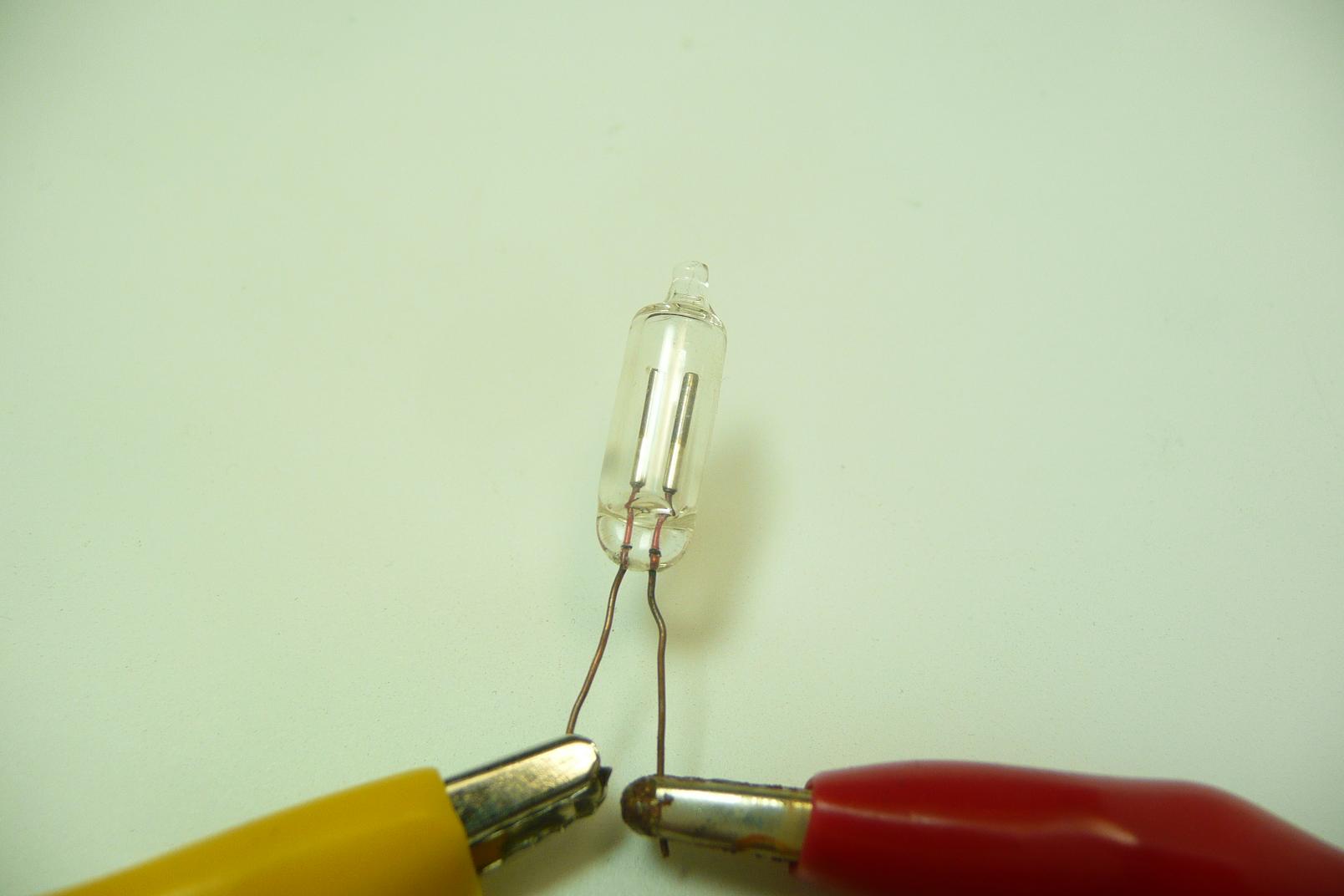Follow along with the video below to see how to install our site as a web app on your home screen.
Note: This feature may not be available in some browsers.
The absolute safest and cheapest is to use a transformer based power supply like a wallwart or a laptop psu if the leds are of the higher power kind.
NEVER EVER NEVER NEVER NEVER NEVER NEVER NEVER EVER use a transformerless psu, these are a death trap.
NEVER EVER NEVER NEVER NEVER NEVER NEVER NEVER EVER use a transformerless psu, these are a death trap.
Only dangerous when not used correctly.
I think in this case the transformerless power supply is acceptable solution providing its in a box with other live equipment.I need a simple way to indicate power.

Neon bulb and resistor. You can get a plastic case with bulb and resistor inside. Can come panel mount.

It would provide some redundancy in the event of failure of one string; though the current in the remaining strings would increase by 50% each.Why parallel LEDs in a 220V to LED circuit?
Thanks for the info guys, I'll have a read up when I get home. I forgot to say I need a simple (and small) solution so I can fit it into a tight space so a transformer is probably not a viable option
I challenge 'must'. That's one way, but the diode would need to be mains-rated. The other way is to use an anti-parallel diode which needs only a low voltage rating. This diode can advantageously be another LED to reduce the blink effect.An LED has only one polarity so a series diode must be used.
